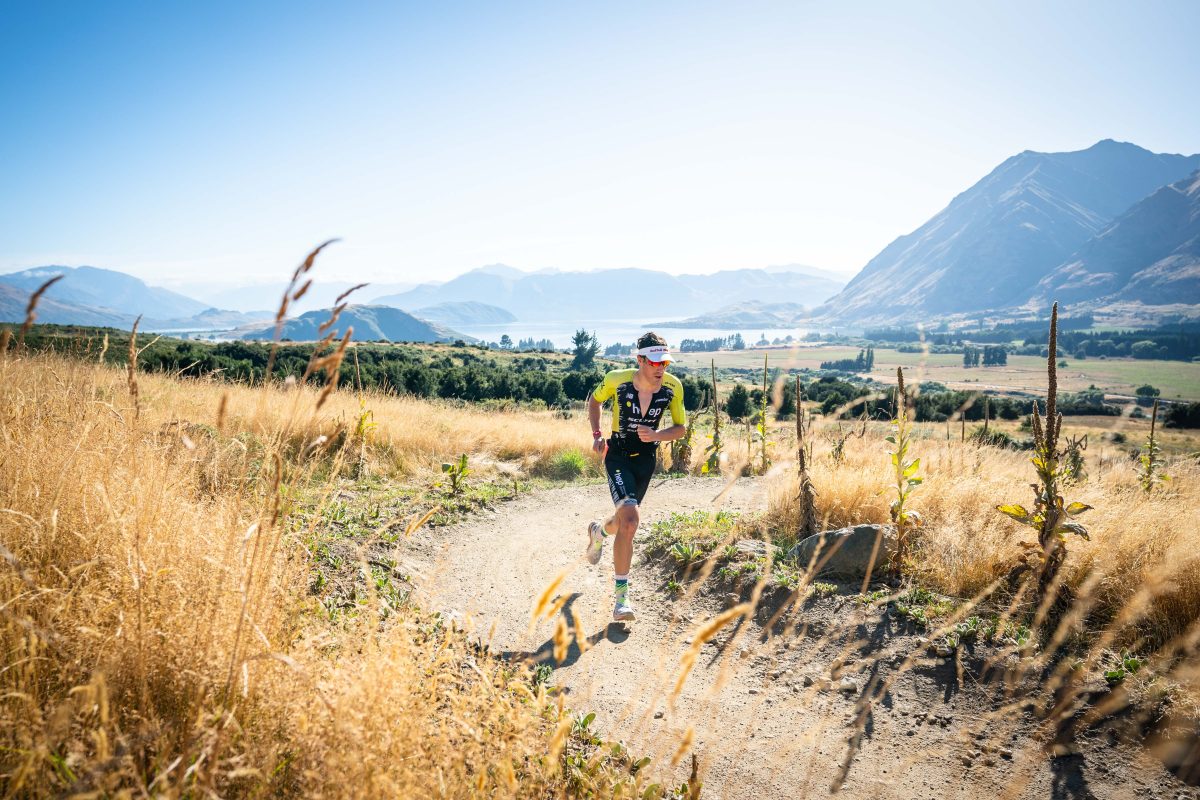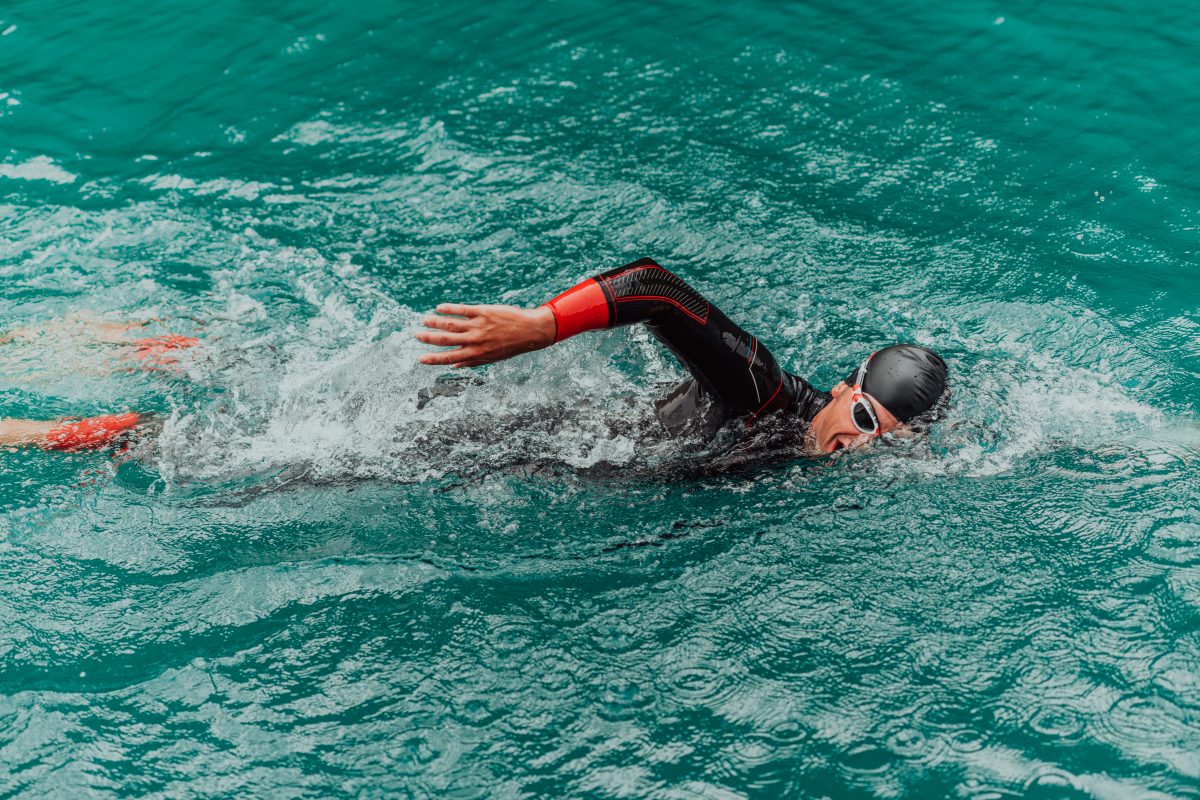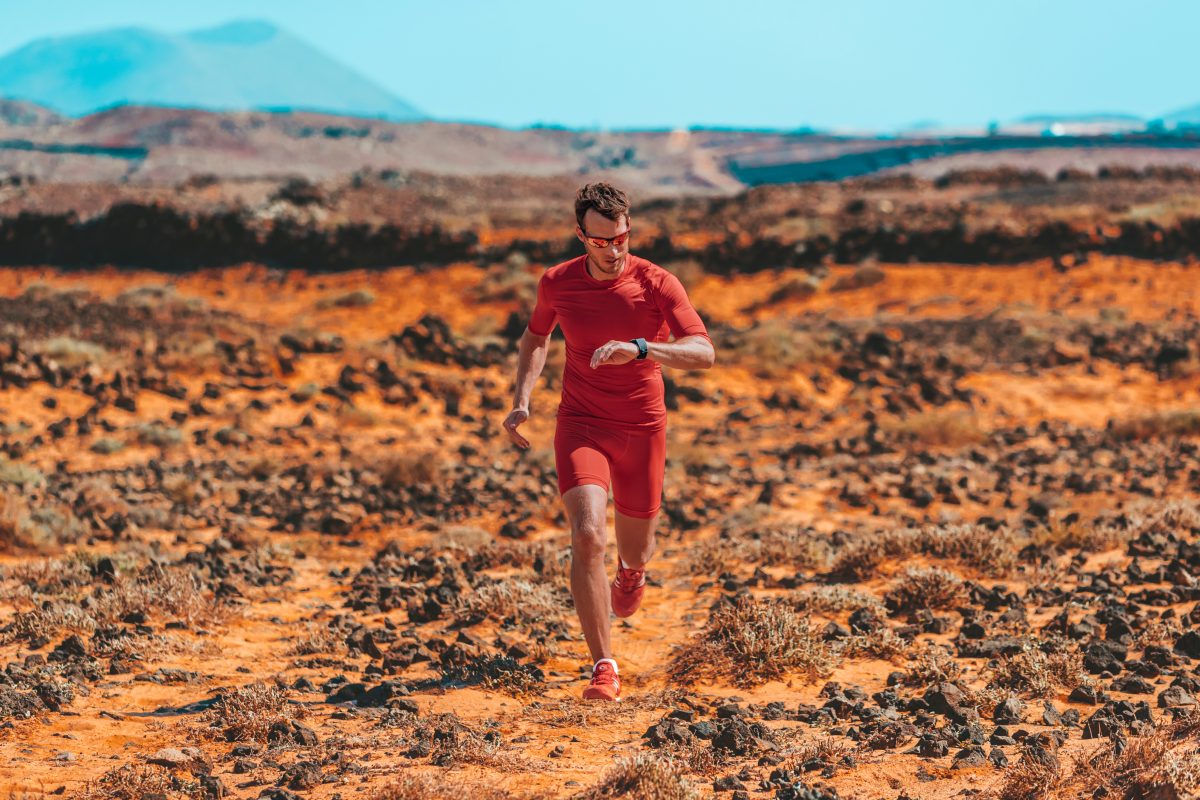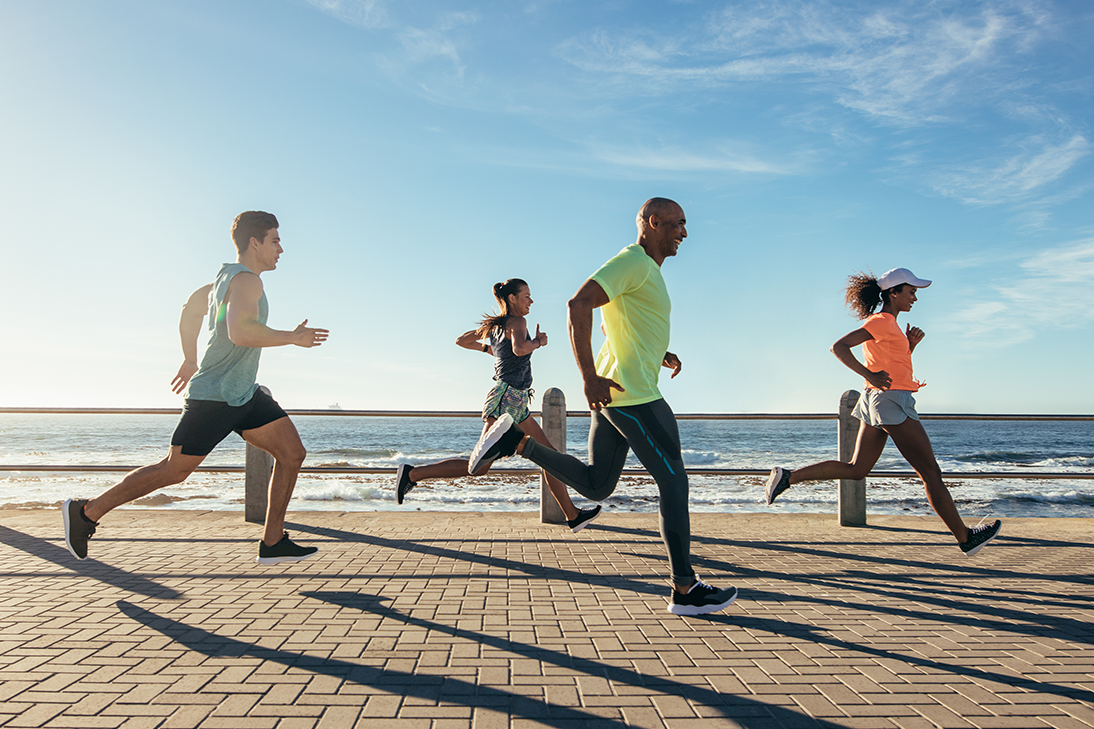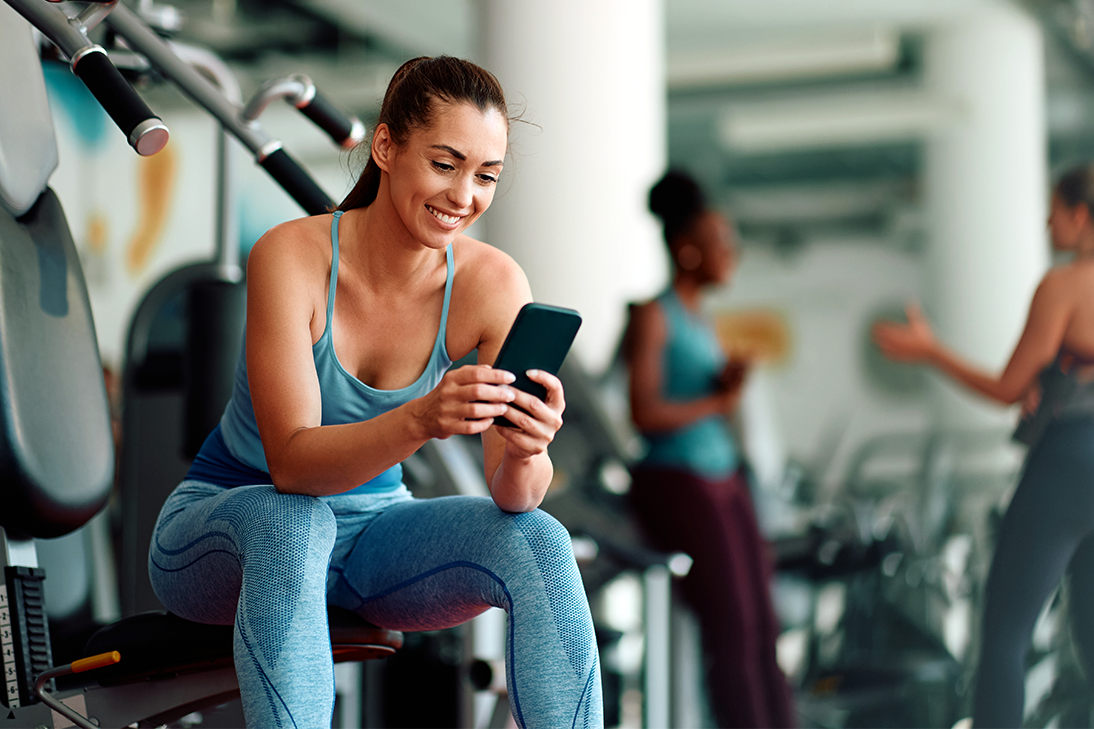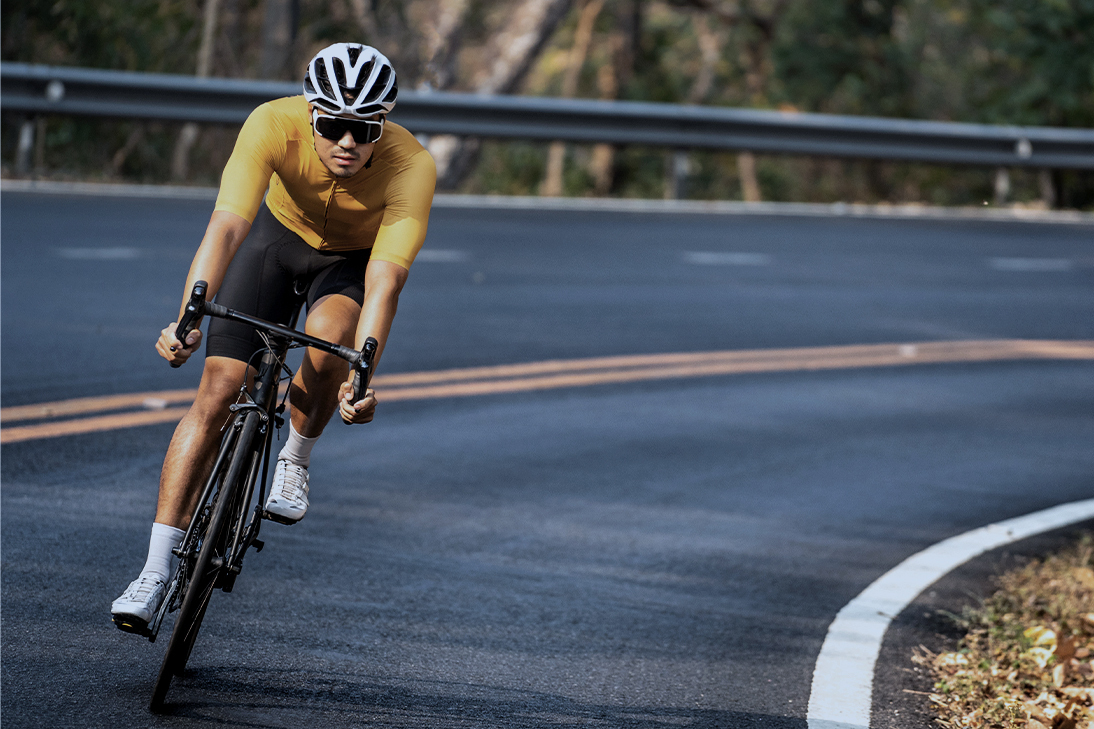In the beginning, you and every other athlete start their endurance sports journey with the same step. But by tracking your day-to-day progress via a coach or coaching app such as Humango, you learn what type of endurance athlete you are and what training works most effectively.
For example, you may find that you have a diesel engine that allows you to go hard for hours throughout a marathon run or 100-mile gravel bike race, but you don’t have a gear that you can use to pull away from the pack at the finish line or on a hill climb. Or, you’ll discover that you have a race car engine with a gear that taps all-out power bursts repeatedly. Then again, your training might reveal that it’s easier to pull off hard workouts in the afternoon or early evening than in the morning or vice versa. No matter what you find, the right coach or coaching app will help you turn your athletic profile into a competitive advantage.
What Is a Competitive Advantage?
In short, anything that maximizes your strengths and optimizes your performance is an advantage. This is where coaches earn their pay. Their experience working with hundreds of athletes lets them tap a deep knowledge base that they apply to your training so you arrive at any race or event primed for peak performance. Consider them a shortcut that bypasses years of hit-or-miss learning you’d have to do on your own.
Humango’s AI coaching app will do the same, taking your training results and parsing the data daily to determine the right balance of hard intervals, long endurance work, and recovery. At its most granular, Humango helps you figure out the best warm-up protocol before a race. Do you need 10 minutes, or is 20 minutes necessary? You’ll figure out how much rest/sleep you need each night to perform your best the next day. From a mental standpoint, this guidance reduces stress and, more importantly, builds confidence. When you know you did the work to reach your peak form, it’s easier to trust your speed, fitness, and stamina on race day.
Tools To Gain an Advantage
First, get a coach to develop a personalized training plan for you. Next, make sure they can adapt it after every workout so no training session — or recovery period — is wasted. To do this, your coach will need you to track your performance via a coaching app like Humango that accepts data uploads from a GPS watch for running and a bike computer for cycling. At the very least, you should track speed, time, pace, distance, and heart rate. A watch that measures sleep cycles and HRV can help you and your coach determine how much rest you truly need. Cyclists can also add a power meter to their bike to measure the watts produced.
Analyze all these data points, and you’ll soon understand the what, when, and how of your best performance. This information lets you and your coach map out a race day strategy optimized for your physiology and psychology. Then, once you know precisely how to set yourself up for success, you’ll get the chance to enjoy the competitive advantage you have over everyone else.

